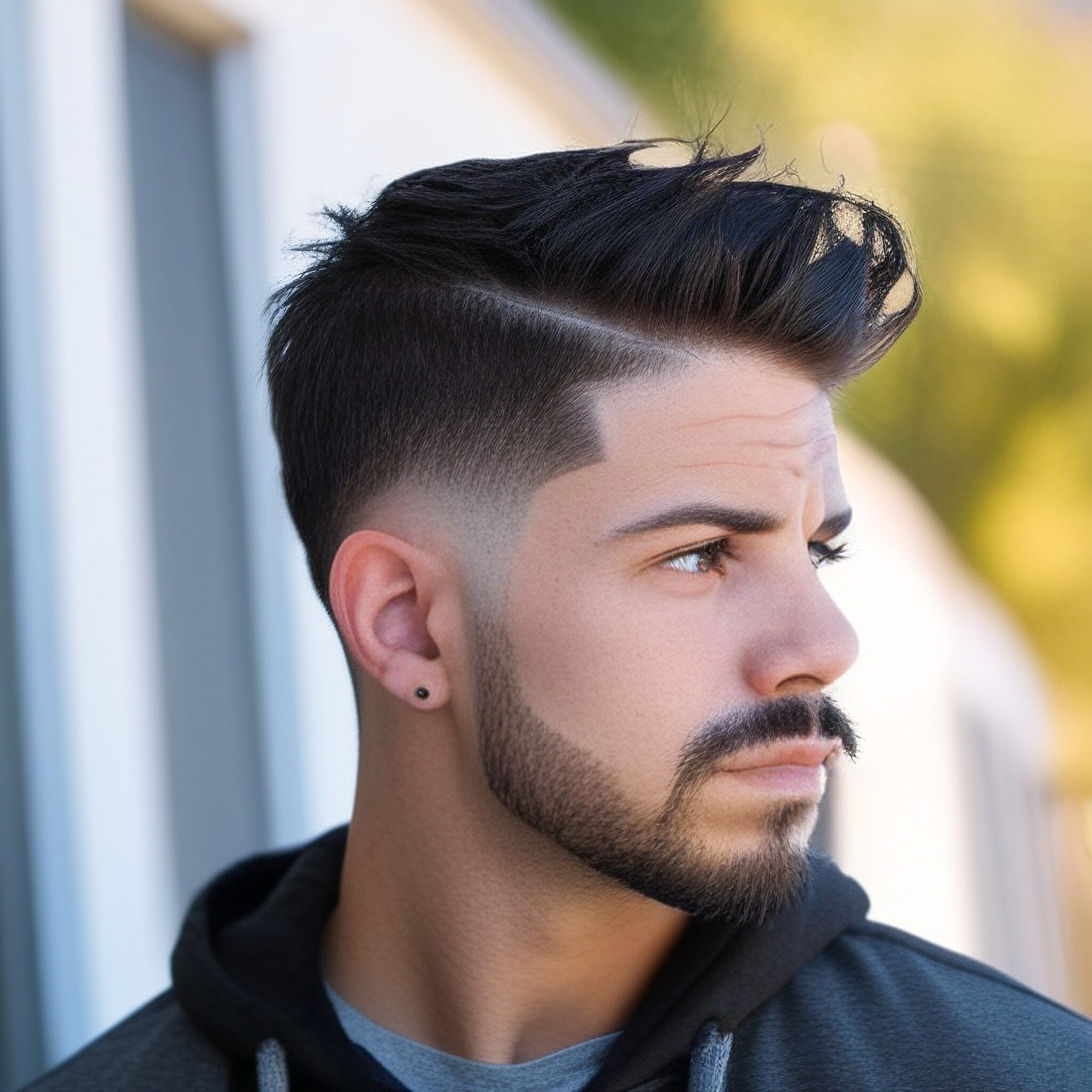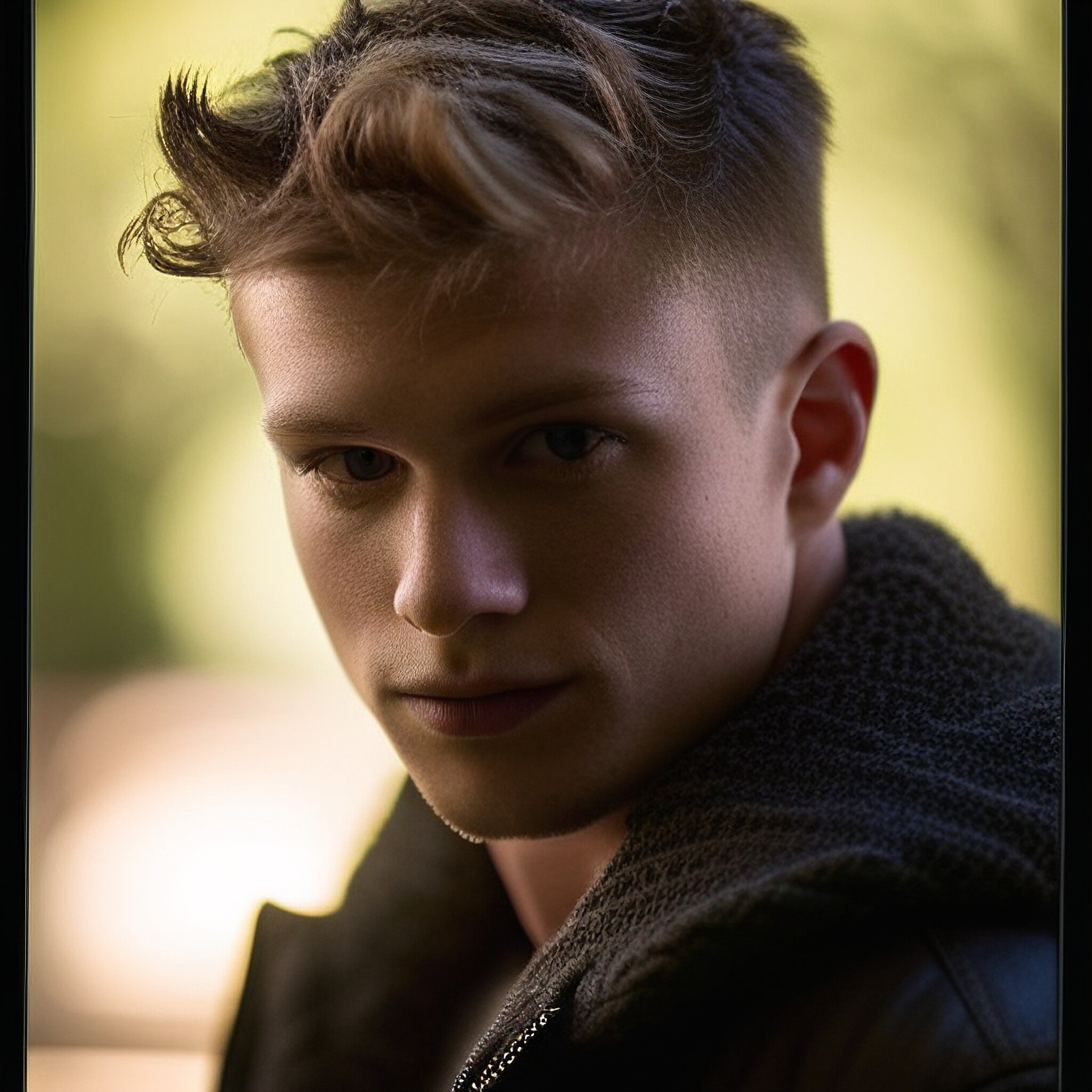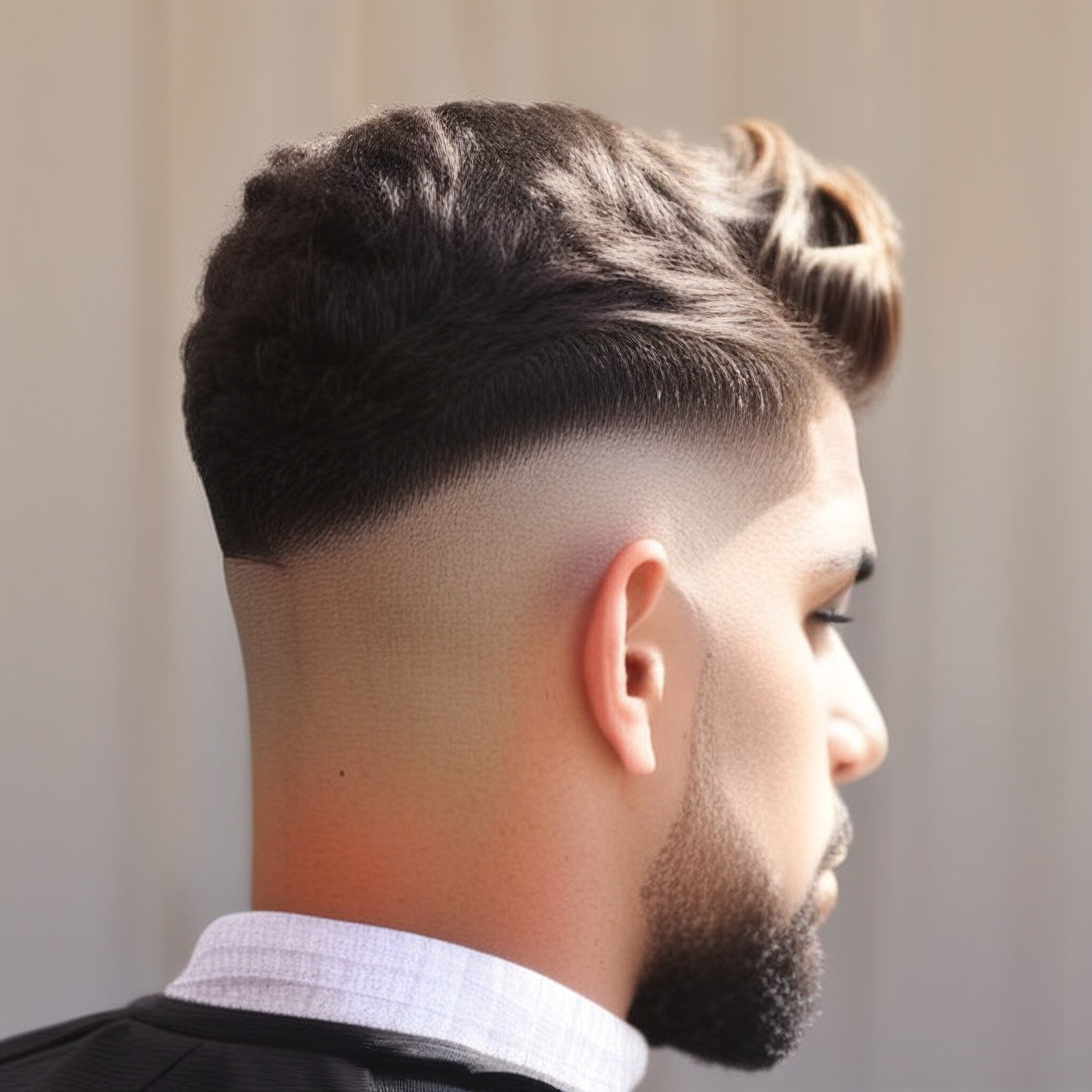When it comes to getting the perfect low fade, communication is key. A well-executed low fade can make a world of difference to your look, but knowing how to communicate your preferences with your barber is essential to ensure you walk out feeling confident. This guide will help you navigate barber shop etiquette and effectively convey your low fade preferences.
1. Understand What a Low Fade Is
Before diving into communication tips, it’s helpful to know what exactly a low fade entails. A low fade is a haircut where the hair gradually shortens, typically starting just above the ears and around the neckline, creating a subtle and natural-looking blend. Unlike high fades, low fades are subtle and give a clean, polished look while maintaining more length around the temples and sides.
Low fades work well for a variety of styles, from a classic side-part to more textured looks, so understanding the basics of the style will help you express your specific preferences with confidence.
2. Be Prepared with a Reference
The best way to communicate with your barber is through visual references. A picture instantly clarifies the look you're aiming for and dramatically minimizes the risk of miscommunication.
Be Prepared: Pull up photos on your phone or search for models who have a similar face shape and hair texture for the most accurate example.
Show All Angles: When selecting a reference photo, choose a few angles (front, side, and back) so your barber gets a complete picture of the final look.
Need inspiration? Visit the Fade-Cut.com gallery for beautiful images of the latest men's hairstyles.
3. Describe the Look in Detail
While a picture speaks volumes, using specific terms and details about your desired look can further clarify what you want. Here’s how you can break down your preferences:
Fade Height: Since there are variations of fades (low, mid, and high), be clear about wanting a low fade. Explain that you want the fade to start just above the ears or at the nape, keeping it subtle and close to the neckline.
Taper Preferences: Some low fades are tapered, meaning the hair length gets progressively shorter as it reaches the hairline, while others are blunt. Let your barber know if you prefer a clean taper or if you'd like to keep more length around the edges.
Top Length: Specify how much length you’d like to keep on top. Mentioning specific lengths (like “keep 2 inches” or “trim slightly”) gives your barber a clear understanding of how much to cut or leave.
Blend or Contrast: Decide if you want a soft blend between the fade and the longer hair on top or a more defined contrast. A smooth blend results in a seamless look, while a defined line adds a bit of an edge.
4. Explain Your Lifestyle and Maintenance Preferences
Your lifestyle plays a role in how practical certain haircuts are, and a good barber will consider this when making suggestions. Think about your daily routine, styling habits, and how much time you're willing to invest in maintenance. For example:
If you’re low-maintenance, let your barber know that you prefer a cut that requires minimal upkeep and won’t grow out awkwardly.
If you’re okay with regular touch-ups, you may opt for a more precise fade that looks sharp but might need more frequent visits to maintain.
5. Ask Questions and Listen to Your Barber's Input
Barbers are experts, and their input is invaluable. Here are some good questions to ask before they start cutting:
“How will this cut grow out?” A low fade can look very different after a few weeks, so it’s good to know how it might look as it grows out and if it will require frequent trims.
“Do you think this style suits my hair type?” Certain fades work better with specific hair textures, so checking in with your barber about your hair type and texture can help set realistic expectations.
“Can you make adjustments?” If you want a slight variation on the style in the reference photo, let your barber know. They can help customize the cut to better suit you.
Good barbers appreciate clients who engage and respect their expertise, so don’t be afraid to ask questions and take their advice on board.
6. Be Polite and Respectful
Barber shop etiquette isn’t just about getting a great haircut; it’s also about respecting your barber’s time and skill. Here are a few etiquette tips to ensure a good experience for both you and your barber:
Arrive on Time: Barbers work on tight schedules, so arriving on time shows respect for their time and prevents delays.
Stay Still and Relaxed: Moving around while they’re cutting your hair can make it challenging for the barber to achieve a precise fade.
Express Feedback Politely: If something isn’t exactly as you envisioned, try to communicate it calmly and clearly. Barbers are happy to make adjustments as long as you’re respectful.
Tip Appropriately: If you’re happy with the result, tipping shows your appreciation for their work. A 15-20% tip is generally appreciated.
7. Follow Up for Consistency
If you’re happy with the outcome, take note of the barber’s name, and ideally, remember the way you described the cut. This consistency helps you maintain a familiar style with the same barber. Regular visits to the same barber can also lead to them understanding your preferences better, which is always helpful when getting nuanced cuts like a low fade.
Wrapping Up
Getting a great low fade is as much about effective communication as it is about barbering skill. By preparing with a reference photo, describing your preferences clearly, and respecting barber shop etiquette, you’ll increase your chances of achieving the perfect look every time. With these tips, you’ll walk out with a cut that meets your style, suits your lifestyle, and leaves you looking and feeling your best.



